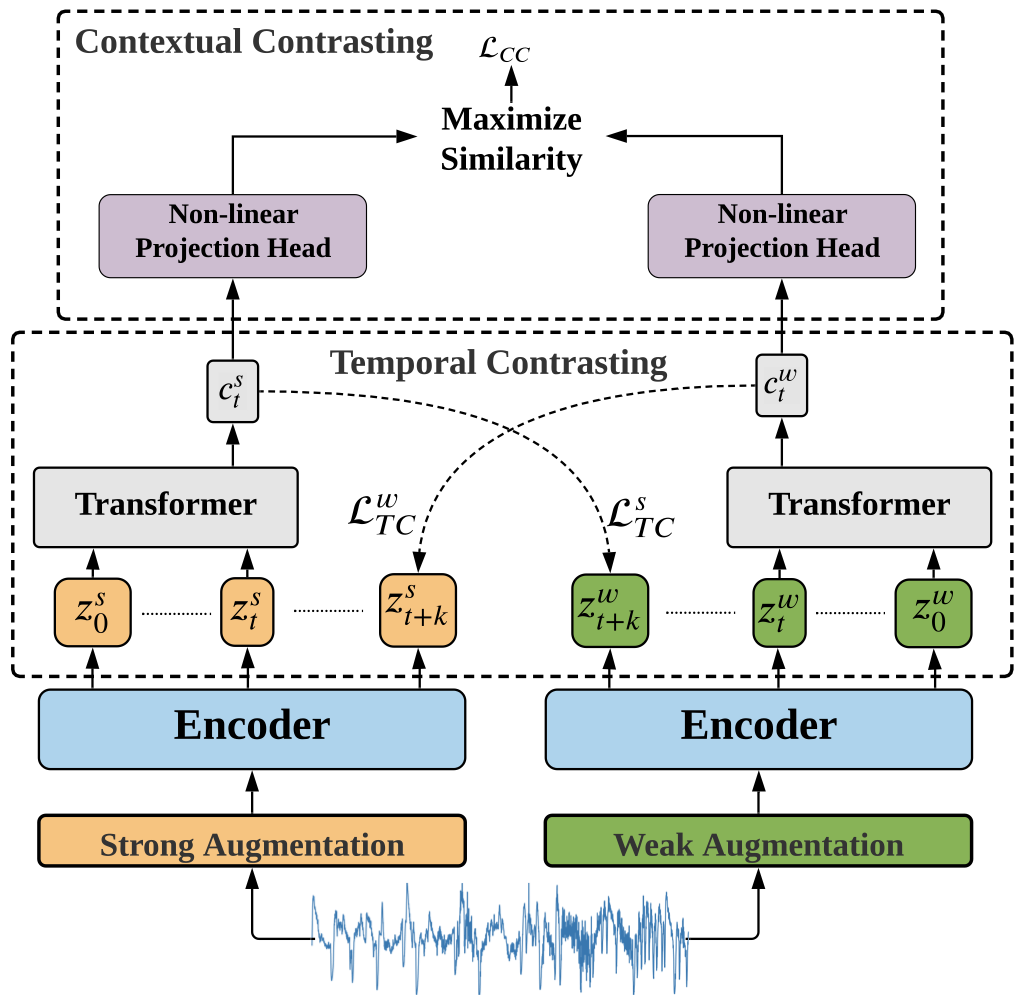Learning Representations of Mouse Behaviour

Description: Learning generalised representations of interactive behaviour not only reduces the laborious work of designing different features or models for each task, but also improves the data efficiency. Contrastive learning is a method to learn such representations in a self-supervised and robust way. It is under-explored in HCI research field.
Goal: Apply contrastive learning on mouse behavioural data to learn representations; transfer the representations on other datasets and evaluate on different downstream tasks, such as interactive task recognition, next activity prediction, and emotion recognition.
Supervisor: Guanhua Zhang
Distribution: 20% Literature, 20% Data preparation, 40% Deep learning, 20% Analysis and discussion
Requirements: Strong programming skills, Experience in deep learning, Familiar with PyTorch.
Literature:
[1] Eldele et al. 2021. Time-Series Representation Learning via Temporal and Contextual Contrasting. In Proceedings of the Thirtieth International Joint Conference on Artificial Intelligence, IJCAI-21.
[2] Yue et al. 2022. TS2Vec: Towards Universal Representation of Time Series. AAAI'22.
[3] Wang et al. 2022. Contrastive learning with stronger augmentations. IEEE Transactions on Pattern Analysis and Machine Intelligence (PAMI).

